Baker to Vegas: Leveraging Pulsara to Manage a Planned Event
Although they have the advantage of prior awareness and preparation, large-scale planned events pose unique challenges for emergency management...
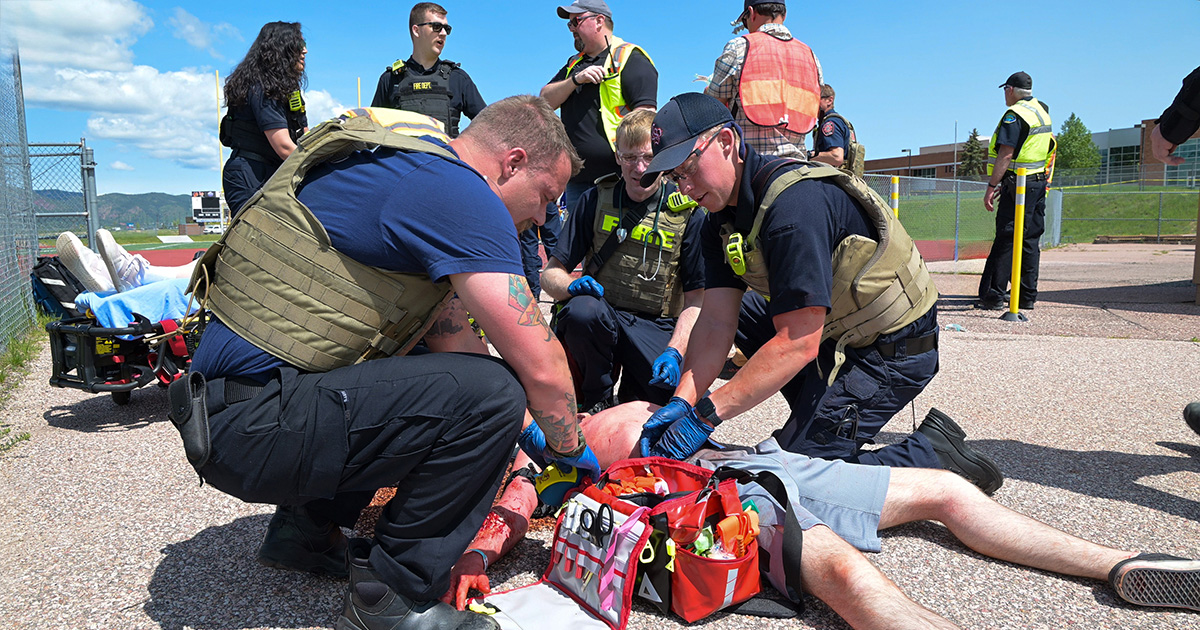
Mass casualty incidents are among the most complex challenges faced by healthcare and emergency response systems. The stakes are high, and the processes can be overwhelming—from coordinating care across multiple agencies to triaging, keeping track of patients, and managing reunification. Among the many challenges, one of the critical issues that has long plagued responders is tracking patient movement for the purpose of reuniting them with their families in the chaotic aftermath of an emergency.
Colorado Springs initially adopted Pulsara to streamline communication between EMS and the emergency department for time-sensitive emergencies. During the COVID-19 pandemic, they expanded their use of the platform to help care for patients in their homes. Since then, medical and emergency management professionals in Colorado turned their attention to solving persistent issues in emergency management: tracking patient movement and reunification during mass casualty incidents. With the initiation of a statewide patient wristband system in 2023—paired with Pulsara's wristband scanning and patient care coordination functionalities—Colorado has taken a significant step forward in improving crisis response.
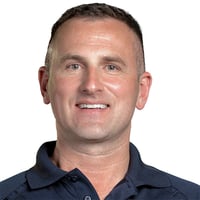 In the webinar Streamlining Crisis Response, Dr. Jeremy DeWall, dedicated Medical Director for the Pikes Peak, Southern, and Southeastern Colorado Regions, discussed how Colorado is simplifying communication around tracking patient movement during MCIs and facilitating reunification during incidents and evacuations. (Check out part 1 of our blog coverage to learn more about how Colorado is using Pulsara to help manage MCIs and time-sensitive emergencies.) Through innovative solutions and a commitment to improving emergency response, Dr. DeWall and his team have been at the forefront of reshaping how critical incidents are managed in Colorado.
In the webinar Streamlining Crisis Response, Dr. Jeremy DeWall, dedicated Medical Director for the Pikes Peak, Southern, and Southeastern Colorado Regions, discussed how Colorado is simplifying communication around tracking patient movement during MCIs and facilitating reunification during incidents and evacuations. (Check out part 1 of our blog coverage to learn more about how Colorado is using Pulsara to help manage MCIs and time-sensitive emergencies.) Through innovative solutions and a commitment to improving emergency response, Dr. DeWall and his team have been at the forefront of reshaping how critical incidents are managed in Colorado.
Inspired by the system currently being used in Texas, Colorado has begun leveraging Pulsara with statewide wristbands that are designed to stay with the patient through the entirety of their care journey. Providers use Pulsara to scan the wristband and quickly add information about each patient to a Pulsara patient channel. The next provider who cares for the patient can then use Pulsara to scan the band and instantly access the information they need to continue caring for their patient. Marked with the words “Do not remove until patient discharge,” the bands are now being used both in mass casualty incidents and every day for routine patients.
“The thought process with this is: every patient, every day gets a wristband. So if you do it [for] every patient every day, in a mass casualty or disaster event, you're used to doing it,” said DeWall. “It takes a second to stick [it] on there, take a scan, snap a picture of their face, and then when we find an ID at some point, we scan that in, so we have that information. Once we know who that patient is, it allows everyone from first responders all the way through to our hospitals to our transport agencies to be able to have them properly identified for tracking for your ePCR completion, for your billing, for reunification, for all those components."
Reunification is a major component of responding to mass casualty incidents and assisting with evacuations. After the Boulder fire evacuations, emergency management leaders in Colorado wanted a way to track the movement of patients efficiently and know exactly where they ended up.
Scanning patient wristbands in Pulsara has helped solve this problem. As responders use the app to scan the patient’s wristband, they become associated with the patient’s channel—allowing others who are monitoring the incident to see who currently has the patient, where they’re en route to, and when they arrive there. “The EMS agency can see which agencies are responding, as they actually scan the tag and take that patient. The incident commander can actually see the information of, okay, this patient is with this transport agency, [and] ended up at this hospital,” DeWall explained.
One of the hindrances for EMS in helping with reunification is often the lack of information. Scenes can be chaotic, and in the effort to stabilize patients and transport them to the hospital, EMS often doesn’t have time to collect information. Pulsara helps change that. “The other key component with reunification that I think is really cool, and the reason we like using it in our areas is, it's not uncommon for EMS to have no clue who that patient is. There's a car crash. We don't know who these people are. It's not our job to figure out who they are," said DeWall. "Our job is to care for that patient, get them transported, and try to keep them alive as best we can with the least morbidity and mortality. So if we can rely on scanning that wristband, giving excellent care to that patient, doing a prompt handoff to the hospital, pre-arrival notification, registration, everything [we’ve] talked about. The patient goes to the O.R. Later on, they find the patient's ID finally, or sometime during the care of the patient in the hospital. They scan that, [and then] everybody [on the patient channel] has that information [as] to who that patient is, so we can appropriately document in ePCRs, etc. We can figure out who family is. We can start the reunification process.”
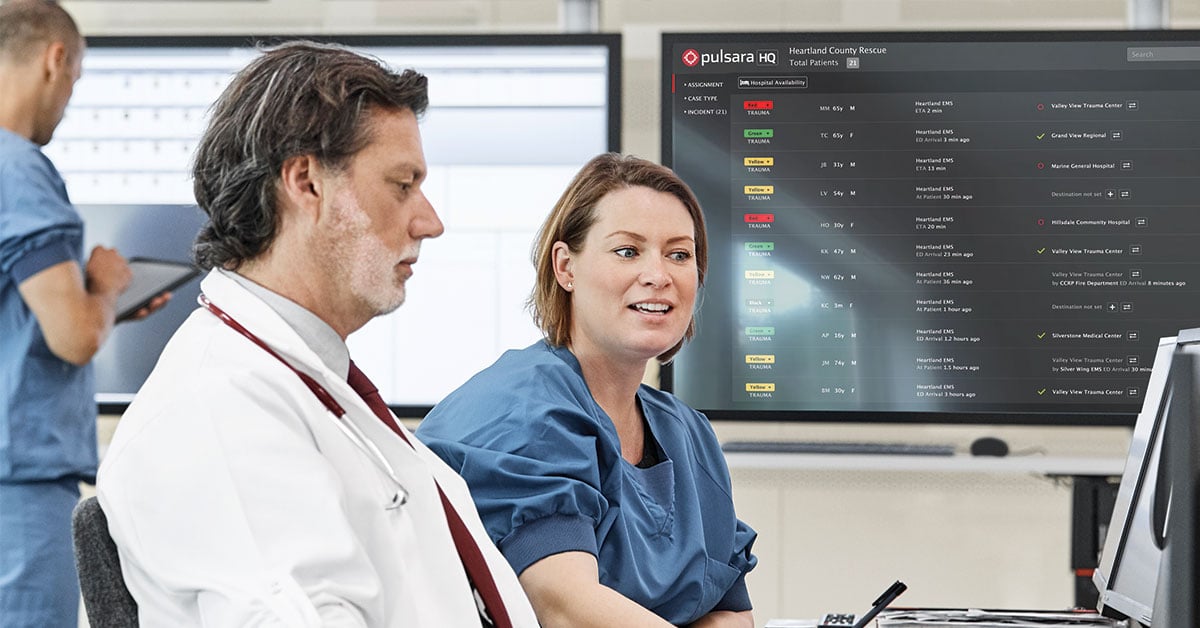
During a mass casualty incident, there is often more than one party assisting with reunification, and they may or may not be clinical. “A lot of times [it’s] local law enforcement working with the Office of Emergency Management, potentially working with Homeland Security or other statewide or federal resources,” said DeWall. “There's the ability to very easily get them set up with the dashboard they need, with the information they need, that they can take a photo of a patient and use it to compare to their facial recognition software. They could take the driver's license once they have that and be able to get those folks reunified.”
One of the challenges is that those working on reunification may not need to be privy to patient’s medical information. “The nice thing about it is, it can be set up in multiple different ways depending on who's utilizing that information,” said DeWall. “Your local Office of Emergency Management can have a portion of the platform that says, here's who the patient is, here's where they went, but not the medical information. So there are ways to block out to keep it HIPAA/HITECH protected—kind of the ‘need to know’ side. They don't need to know the injuries. They just need to know where the person is and potentially their condition.”
Reunification is still a concern once some patients, unfortunately, pass on. “We've even taken the step in Colorado that we're engaging our coroner's offices and medical examiner's offices at this point, for two reasons," said Dr. DeWall. "One is so we can track the deceased patients, and we'll actually tag them over to the medical examiner's office. ... In addition, for rural EMS and rural hospitals in particular, we don't have morgues in a lot of our hospitals. So if we have three or four or five deceased patients, they're taking up hospital beds that we can't [use to] care for the continued live patients. ... So it's not just for the live patients; it's also helping us offload deceased patients, track them, reunify—unfortunately, in those situations—with their family, and be able to provide better care for ... live patients.”
With the platform’s success in helping with reunification, Colorado also plans to use Pulsara to help with tracking patients during wildland fire evacuations. “Our plan for this is to actually utilize it for patients who have multiple medical conditions or medications and end up going to a local community center [or] evacuation center," explained DeWall. "The plan is to use public health nurses and other colleagues to be able to wristband the patients, scan their ID, put their medical history and take pictures or photos of their medication. And that way, ultimately, if we have a secondary EMS response, if they run out of their medications, if there's another issue, not only do we know where that patient is or that person is, but when our community paramedics show up, we can actually scan that wristband and have all of their data instantly.”
If the patient’s condition worsens, their information can be instantly transmitted to the hospital. “If the patient needs to be sent to the hospital, the hospital then will have all of that information pre-loaded and pre-prepared so that it's a seamless transition for that patient at that time," said DeWall. "Because they're obviously dealing with the potential loss of their home, the loss of their community and the loss of their support structure. The thing they certainly don't need is the loss of their private health information, [and] the loss of their transition of care that they're going to need as they move on to their future life.”
Colorado also plans to use Pulsara to communicate about patients who have been exposed to hazardous materials. “One of the components that we've discussed utilizing this for in the future, which we haven't had to use yet but have trained in, is actually using it to ensure that hospitals have direct communication back to the primary decontamination teams that are on site,” said DeWall. “Whether it be fire departments, mine rescue teams, [or] those components which can actually streamline whether or not a patient requires secondary decon at a hospital facility prior to receiving treatment. Our goal is to ultimately speed up treatment and care of tox[icology] patients and hazardous material patients by being able to have that two-way communication right back to the person who actually completed the decontamination and knows whether or not they had a full decontamination, or if there are any concerns further on.”
Colorado is continuing to expand the use of Pulsara across the state in an effort to help build a regional system of care that will allow emergency responders and healthcare providers to cooperate seamlessly. With everyone collaborating using one system, the entire team has a unified and centralized way to communicate with one another. “[Pulsara] actually improves patient lives and patient care," said Dr. DeWall. "It's really a streamlined approach to patient care from the pre-hospital to hospital setting, developing those systems of care that ultimately improve patient outcomes day-to-day and in mass casualty events."
![]()
To learn more about how healthcare organizations in Colorado and Texas are using Pulsara to provide cutting-edge care for patients on a state level, check out the recorded webinar Leveraging Technology In Hazard Response: Advancements And Future Trends.
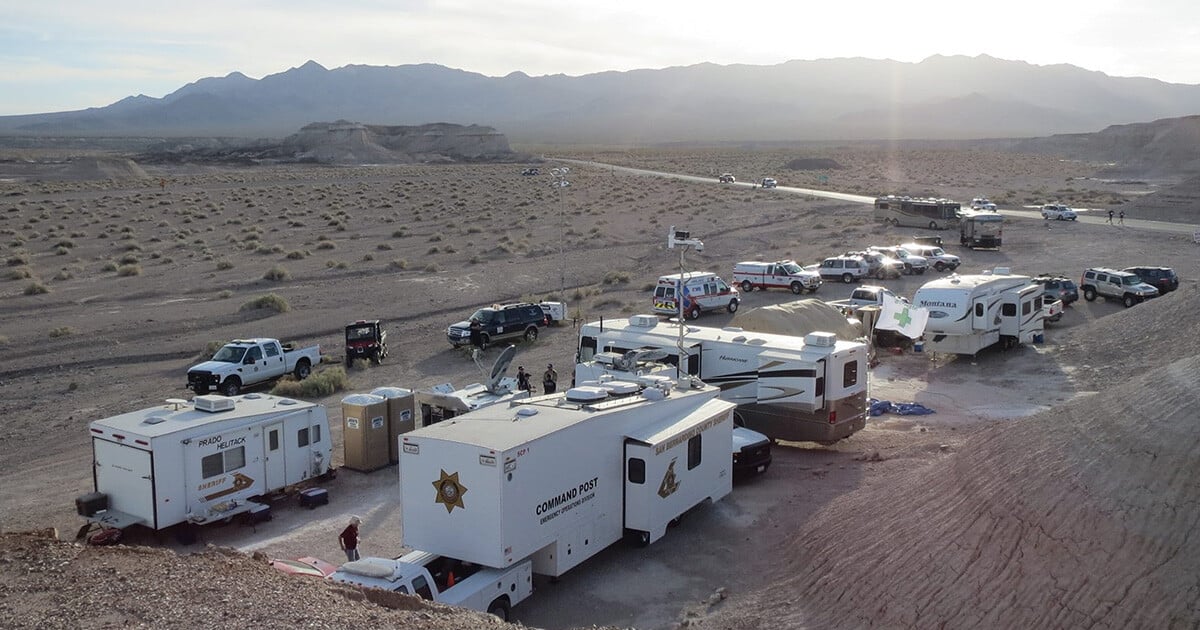
Although they have the advantage of prior awareness and preparation, large-scale planned events pose unique challenges for emergency management...
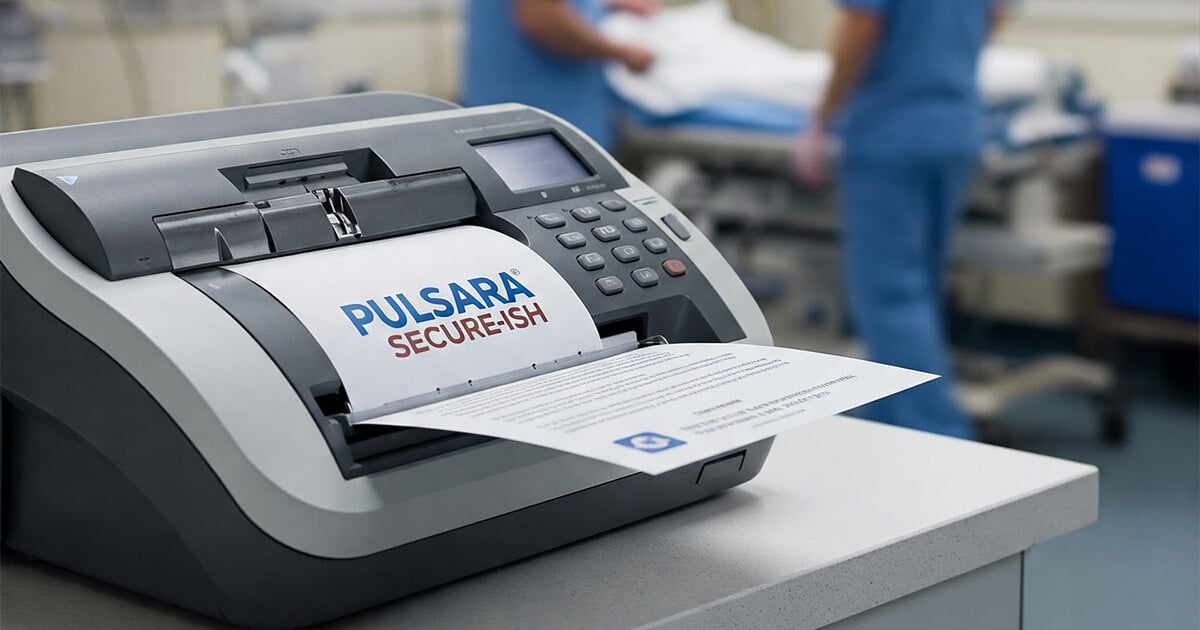
For Those Who Love a Good "Oopsie!" At Pulsara, we pride ourselves on enabling secure, HIPAA-compliant communication for healthcare teams. But let’s...
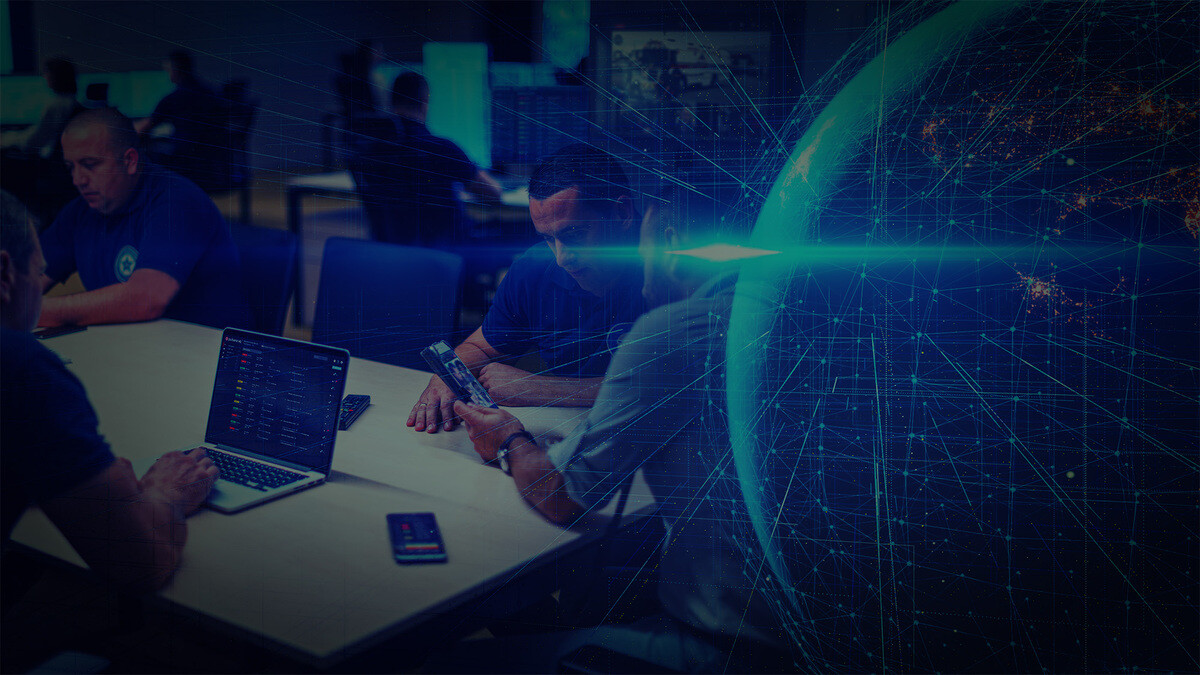
March Recap A New Integration: Improving Data Management, Streamlining Workflows, and Improving Care CoordinationOnly a few days ago, we announced...